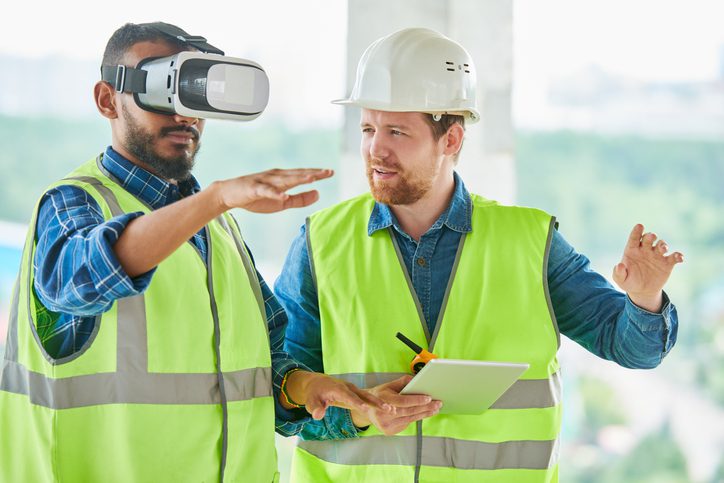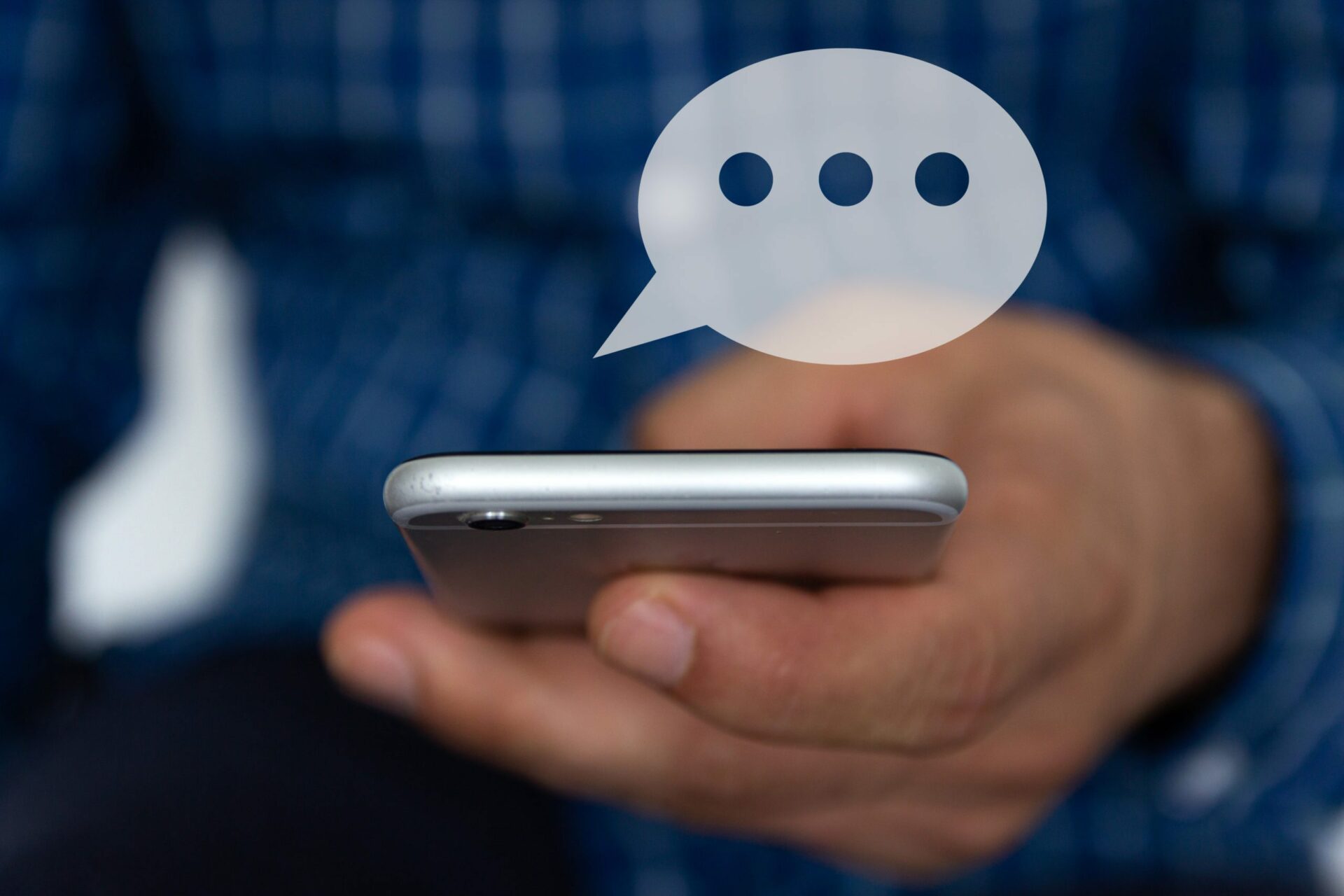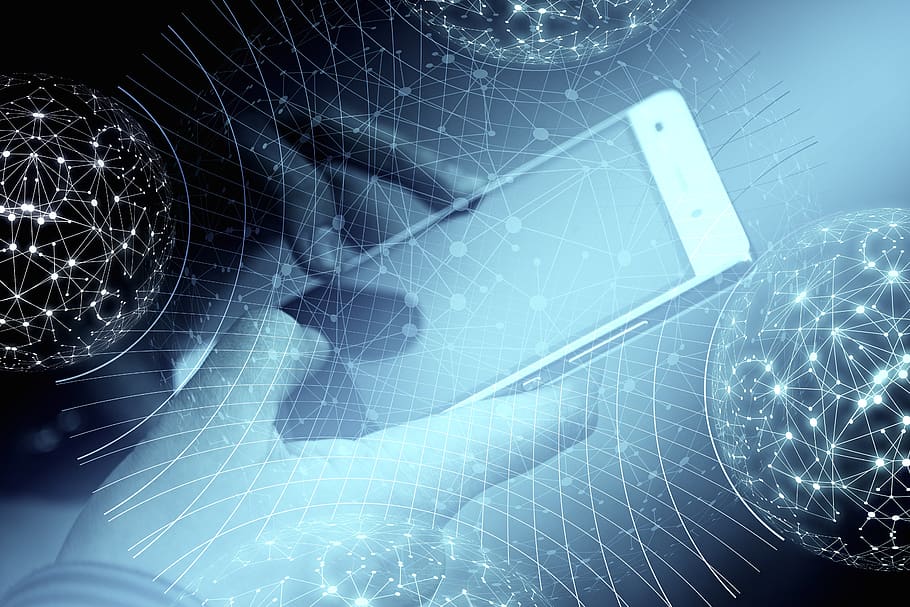Here’s this week’s rundown of the top 5 stories of 5G news about emerging and innovative technologies. To follow the series, check back here every week and look out for #5Gin5 posts from @Facesof5G.
- America’s 5G Labor Shortage— It’s estimated that the U.S. needs 20,000 more people to build out 5G networks to win the race to 5G. This shortage and its implications prompted the Senate Commerce Committee to hold a hearing earlier this week. The Hill’s Emily Birnbaum reported that “witnesses largely agreed that investing more in education … could help with the issue.” She also noted, “the work behind building the flashy technology is often taxing and difficult, requiring people to scale extraordinary heights.” Jimmy Miller, president of a small telecom services company, added that “it’s a high-risk industry” but “we’ve got to make hard work cool again.” Read more here.
- Educational Technology Advanced By 5G— “Higher education, which continues to see a steady uptick in the number of connected devices on campus” will see a huge benefit from 5G, writes Larry Bernstein for Ed Tech. In thinking about ways the classroom will change with the arrival of 5G, he highlights: better user experiences for video-based content with faster speeds, advanced immersive learning with virtual reality, and expanded learning opportunities with robotics. Read more here.
- 5G Connecting Communities with those with Disabilities— Verizon’s 5G Lab partnered with Boston, MA-based Loro to develop a product, which uses industrial robotics and IT, to train artificial intelligence to identify a user’s environment. Faster wireless connections allows identifications to happen in real-time, permitting those with disabilities to navigate safely. “The device can help a wheelchair user back up without fear of hitting obstacles, or let a nonverbal person use a laser pointer to identify objects as they communicate with caregivers,” explains David Hojah, co-founder and chief technology officer at Loro. Read more here.
- 5G Smart Hospitals— Samsung Medical Center and Korea’s largest telecommunications company are on their way to establishing a 5G smart hospital. Healthcare IT News’ Dean Koh describes how their services can improve teaching surgery, patient control of their hospital rooms, and reduce infections. Read more here.
- Leap from 4G to 5G— To illustrate the difference between 4G and 5G, CNN Business’ Clare Duffy says, “The development of ridesharing apps, such as Uber and Lyft, was made possible by 4G. With 5G, ridesharing cars could one day navigate themselves — no human driver required.” She also elaborates on how 5G will set itself apart with speed, capacity, latency, and reliability. Read more here.





